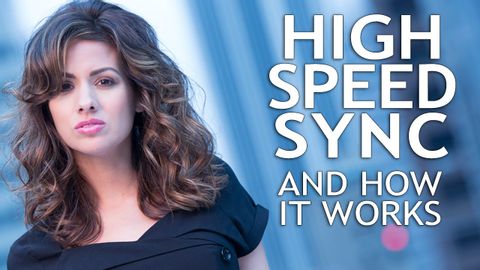
字幕與單字
高速同步及其工作原理--燈光教程 (High Speed Sync and How it Works - Lighting Tutorial)
00
Chen200035 發佈於 2021 年 01 月 14 日收藏
影片單字
filter
US /ˈfɪltɚ/
・
UK /'fɪltə(r)/
- n. (c./u.)過濾器;(液體)過濾器;濾光鏡;過濾器;濾鏡
- v.t.過濾(聲音、光線);過濾(從液體中)過濾;過濾;用濾鏡處理
- v.i.過濾;緩慢通過;(車輛)穿梭
B1 中級高級英檢
更多 使用能量
解鎖所有單字
解鎖發音、解釋及篩選功能
